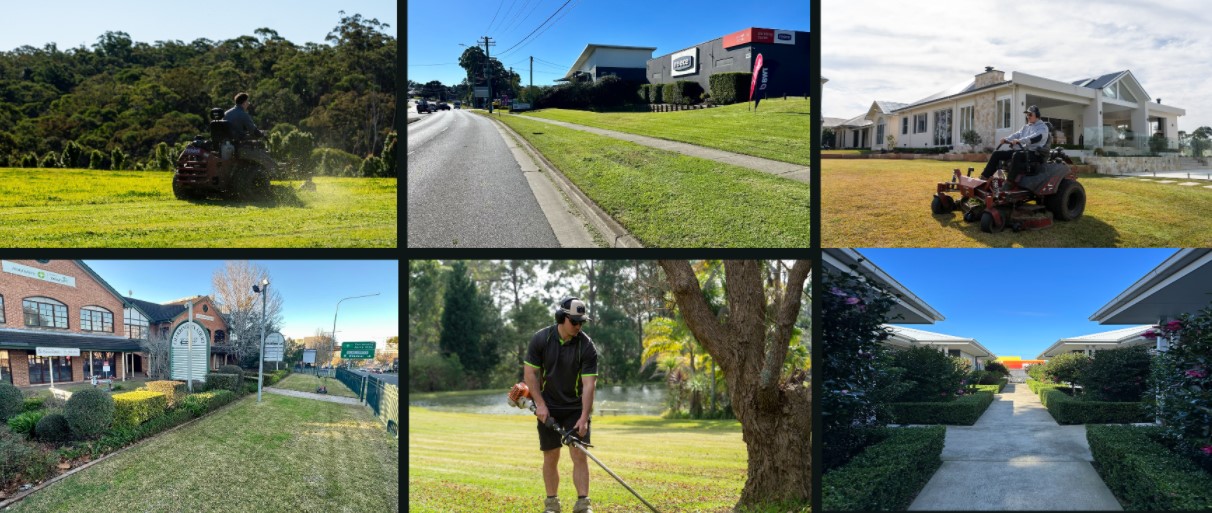If you’ve ever played on a golf course with uneven, patchy grass, you know how much it can affect your game.
Sure, if you tee off with great ball skill, then improving your handicap is viable.. but a good all-round golf game also requires other skills. One such skill is the ability to quickly and accurately understand the green, its type and properties, and how those properties impact your game as a whole.
That kind of skill helps to ensure that each game you play, remains consistent across different courses. Consistency also results in greater levels of control and predictability. These two traits are KEY factors that differentiate an amateur from a professional.
Well-maintained grass ensures a smooth roll on the greens, consistent fairways, and a true test of ability. But what makes golf course grass so different from the grass in your backyard, and how can proper maintenance improve your experience, whether you’re on the course or at home?
The Role of Grass in Golf Performance
Grass type and condition play a huge role in how a golf course feels and plays. Different grasses provide different textures, speeds, and ball reactions. For example:
- Bentgrass: Common on putting greens, it creates a smooth, fast surface ideal for precise putting.
- Bermudagrass: Popular in warmer climates, it’s durable but can create more grain, affecting putts.
- Zoysia & Fescue: Found on fairways and roughs, they offer different resistance levels to shots.
A well-kept course allows golfers to focus on their technique rather than battling inconsistent lies or unpredictable greens.
Mowing & Maintenance: The Secret to a Perfect Course
Golf course maintenance is about precision. Courses use specialised mowing and care techniques to:
- Maintain consistent green speeds for fair play.
- Shape strategic fairway contours to add challenge.
- Keep roughs penal but fair for errant shots.
Regular aeration, fertilisation, and watering schedules also help keep courses lush and playable year-round.
How Learning About Golf Course Grass Can Improve Your Game
Understanding the different types of grass on a golf course can actually help you fine-tune your skills. Here’s how:
- Putting Adjustments: Bentgrass greens roll faster, while Bermudagrass greens can be grainy and slow down putts. Practicing on different surfaces will help you read greens better and adjust your putting stroke accordingly.
- Fairway Play: Zoysia grass provides a firm, tight lie, allowing for crisp iron shots, while Kikuyu or Bermuda can be spongier, requiring a more precise strike. Recognising how the ball reacts on different grasses can help you improve ball contact and shot selection.
- Rough Recovery: Tall Fescue and Bluegrass can grab your clubface, making it harder to get clean contact. Learning to assess rough conditions and adjust club selection accordingly will improve your scrambling ability.
Start Experimenting with Grass Types
If you’re serious about improving your game, pay attention to the grass at the courses you play. Challenge yourself by practicing on different surfaces to develop a more well-rounded skill set. Even backyard chipping practice can be improved by mimicking the feel of different fairway or rough conditions.
Golf is as much about course management as it is about mechanics. The more you understand the playing surface, the better you’ll become at adapting your game to different conditions.
Thanks to the Experts in Lawn Care
A big thanks to Mow It Down for their insights into grass maintenance and how it impacts playability. If you’re managing a golf course and need a professional team to keep your greens, fairways, and roughs in top condition, reach out to them. A well-maintained course doesn’t just look great—it gives golfers the best possible experience on every hole!
